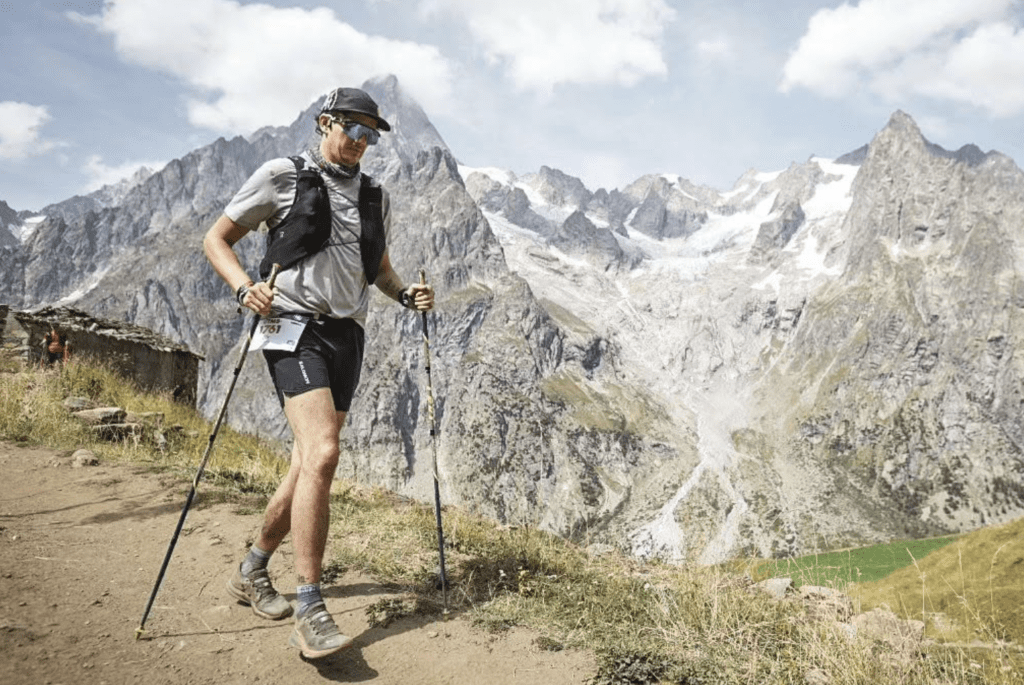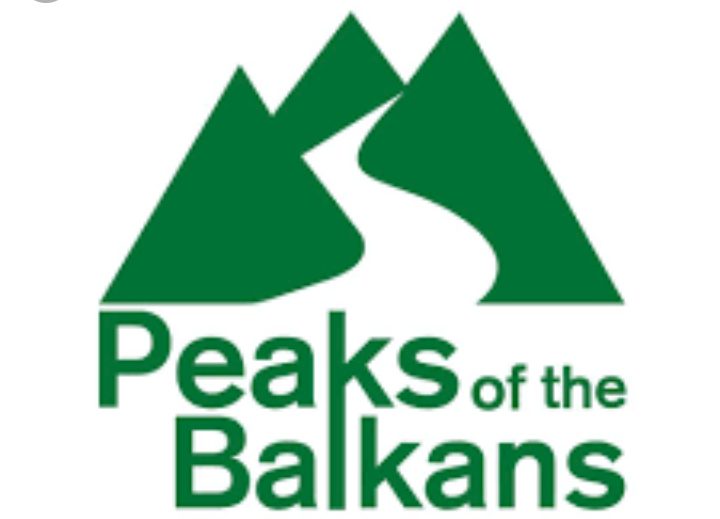For many trail runners, Chamonix is synonymous with world-class ultra-running and the legendary Ultra-Trail du Mont-Blanc. Yet for those seeking a similar challenge with an added touch of authenticity and warmth, there’s a hidden gem waiting in the heart of the Balkans. Kosovo’s own Ilir Zhegrova, a seasoned ultra-runner, calls the Peaks of the Balkans “Chamonix with a smile” – a testament to the trail’s wild beauty and the genuine hospitality of the region.
The Peaks of the Balkans is a 192-kilometer circuit that winds through Albania, Kosovo, and Montenegro. Unlike the highly commercialized routes of the Alps, this trail offers an experience that is both raw and intimate. In a recent interview, Ilir described the appeal of the trail as not just about the physical challenge but also about the journey and the human connections made along the way.

9800 meters of ascend
“Many trail runners seek new challenges beyond the traditional hiking experience. Here, the trail pushes you to explore and test your limits,” Ilir explained, emphasizing that the trail isn’t just a race—it’s a profound adventure. With nearly 9,800 meters of elevation gain, rugged terrains, and stretches where self-sufficiency is a must, the Peaks of the Balkans truly demands respect from those who dare to conquer it.
Check possibility of booking a running tour in the Peaks of the Balkans
Preparation is key, Ilir noted. The trail is not for the faint-hearted. “The best way to prepare is to train on similar terrain, with steep climbs and rough descents,” he advised. He stressed that runners must build strength in both their legs and core. Ilir recalled his own experience, saying that even for elite runners, there are parts of the trail where “power hiking” becomes necessary. Training for a 50K ultra with at least 3,000 meters of ascent, he suggests, lays a solid foundation for this grueling route.
Gear is another crucial factor. According to Ilir, having the right equipment can make all the difference. He recommends trail running shoes with exceptional grip for rocky and uneven surfaces, and even suggests using running poles on the more demanding ascents and descents. Hydration is vital on a route that spans multiple countries and remote areas—runners should carry a hydration system that can store at least two liters of water, along with energy bars, gels, and salt tablets to keep the body fueled.
Navigation can be a chellenge
Navigation can also be a challenge in this region. “Some sections of the trail have minimal signage,” Ilir mentioned, urging runners to carry a reliable GPS device or offline maps. Familiarizing oneself with the route in advance can help avoid unexpected detours, and sometimes local guides prove invaluable in shedding light on the trail’s nuances.
One of the most appealing aspects of the Peaks of the Balkans, however, is its blend of physical challenge and cultural richness. As Ilir described, running this trail is not just about the athletic achievement but also about experiencing the unique lifestyle of the Balkans. Along the route, runners pass through small villages where hospitality is a way of life. In these communities, you’re not simply a runner—you’re a guest. Traditional meals, warm conversations, and even invitations to share local customs transform the grueling run into a memorable cultural exchange.
Ilir highlighted some of the most spectacular sections of the trail. For instance, the climb from Qafa e Pejës in Kosovo to Theth in Albania is renowned for its dramatic alpine views, while the segment between Babino Polje in Montenegro and Valbona in Albania is celebrated for its high-altitude ridge running under stunning sunrise skies. Another favorite is the crossing from Dobërdol in Albania to Milishevc in Kosovo, where the sweeping vistas across three countries leave an indelible mark on every runner.
Timing is essential for tackling the Peaks of the Balkans. Ilir advises that the best period to run the trail is between June and September, (When to go) when the weather is most stable and mountain passes are clear. Although July and August offer the challenge of hot temperatures, early June or mid-September may provide a quieter experience with cooler conditions.
We will; be there with few improvements
In Ilir’s view, the Peaks of the Balkans is poised to become a significant ultra-trail destination. With improvements like better trail markings and designated checkpoints for hydration and nutrition, the region could rival even the most established races in Europe. But even as it stands today, the trail offers an experience that’s as much about the journey and the people as it is about the finish line.
For runners ready to trade the crowded trails of Chamonix for an adventure that combines raw mountain terrain with genuine Balkan warmth, the Peaks of the Balkans awaits. It’s not just a race—it’s an unforgettable story waiting to be written, one step at a time.

